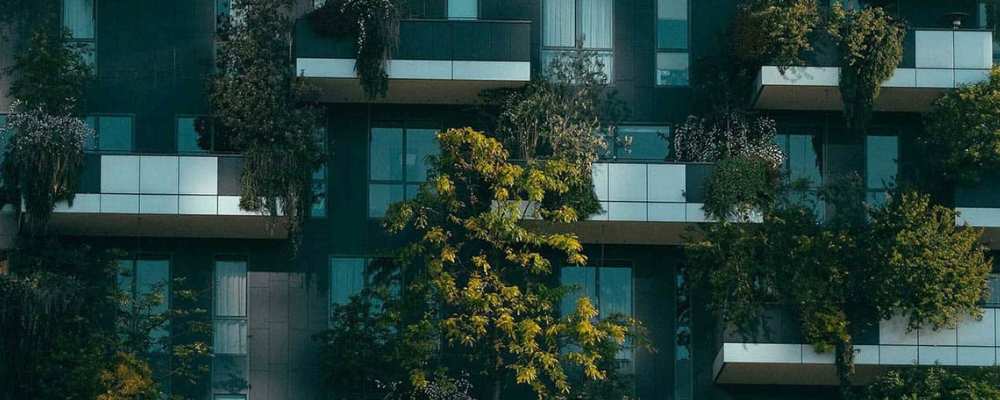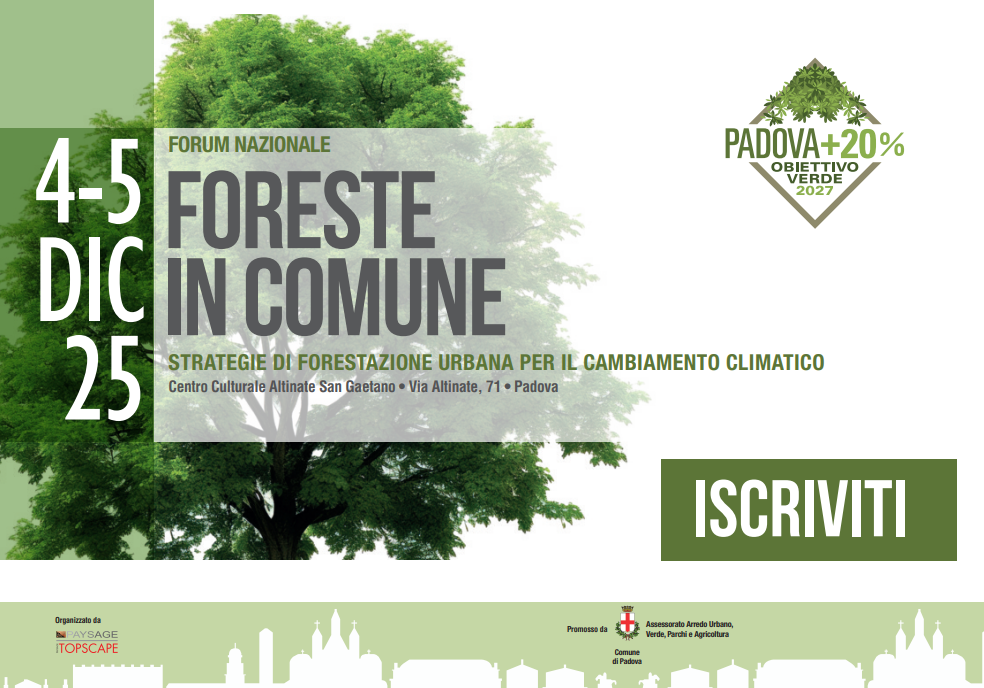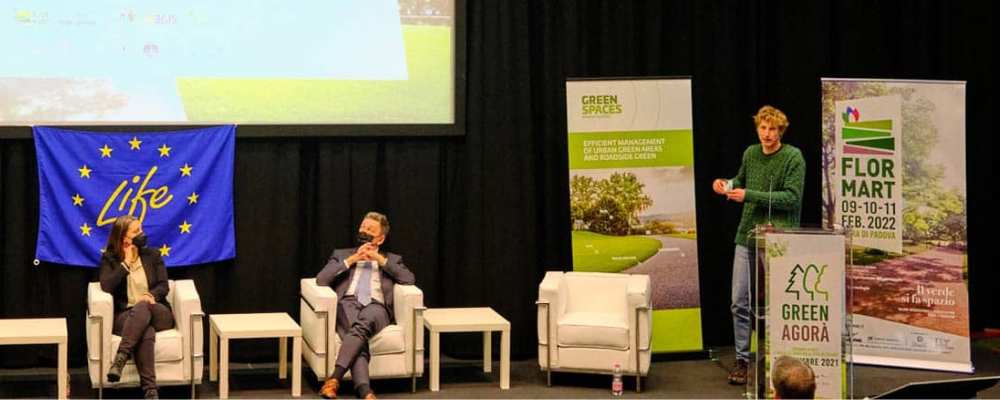On 16 February 2013, the Italian National Law 10/2013: "Standards for the development of urban green spaces" came into force. Since then, developments of urban contexts take place in accordance with the Kyoto Protocol, based on sustainable principles, respectful of both citizens and the environment. The important role that trees play, in particular, in controlling emissions, protecting the soil, improving air quality, the microclimate and the liveability of cities, makes it strategic for any municipal administration to have a detailed knowledge of its tree heritage.
Law 10/2013 stipulates that:
All municipalities with more than 15,000 inhabitants should have a tree census.
For every child born or adopted in municipalities with more than 15,000 inhabitants, a new tree is planted, which details are communicated to the family of the newborn.
Municipality administrators write a green balance sheet at the end of their term of office, showing the administration impact on public green areas (number of trees planted and felled, size and condition of green areas, etc.).
GreenSpaces, in addition to allowing precise, documented and efficient management of public green areas, already contains all tools needed to comply with the National Law 10/2013.
Tree census
The Law 10/2013 stipulates that each municipality must carry out a census of trees in the areas under its jurisdiction in an urban context. The aim of the census is to record and classify all trees: monumental trees, trees on school grounds, trees in historic gardens, trees in parks and roadside trees.
Alongside meeting legal requirements and establishing concrete commitment to environmental issues, the tree census can be an excellent opportunity for each municipality to take a step forward in the good management of public green areas. Much information can be gained through the use of advanced management of the tree census:
By associating VTA (Visual Tree Assessment) data, plants health is monitored, resulting in increased public safety;
By monitoring trees health, it is possible to plan tree protection activities (e.g. against plant diseases);
Monumental trees can be managed in agreement with rules defined by the State Forestry Department;
Estimates of the absorbed CO2 can be done in relation to tree species and age;
All maintenance operations can be planned and documented in a precise and accurate manner.
Web-GIS application: efficiency and transparency in public green management A GIS-based application allows the management of geospatial information, which is strategic in the management of public green and tree heritage, as provided by the 10/2013 Law. The Web-GIS application GreenSpaces optimises the GIS characteristics, as it allows a potentially unlimited number of users to access the same database from different profiles. Thanks to the simple and intuitive interface, users do not need to have previous GIS knowledge to use the platform.
Data can be published on a public portal dedicated to citizens, and thus, become a tool aimed at raising environmental awareness and communicating the city's commitment to increasing the quality of urban green areas. It can also be a useful service to inform citizens about the city's tree species, allergenicity, playgrounds, dog parks or other elements of urban greenery.
A detailed and up-to-date census of green areas can be used to plan, manage and report maintenance activities. Also in this case, the GreenSpaces application provides tools for planning and accounting for ordinary maintenance, managing and calculating extraordinary maintenance operations, and knowing the size of each category of surveyed objects or the extent of individual areas.
Read on the Official Gazzette (In Italian)


